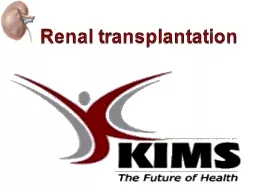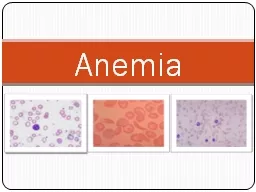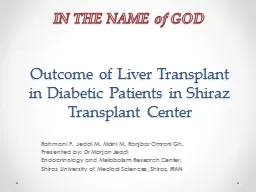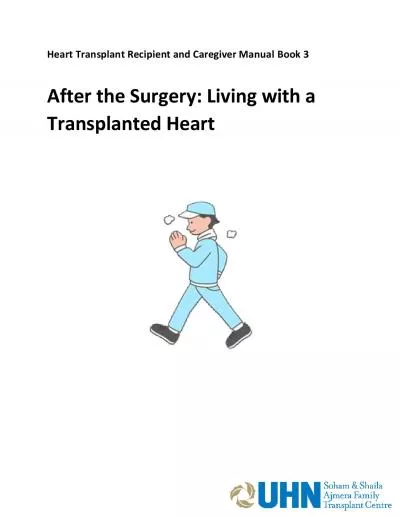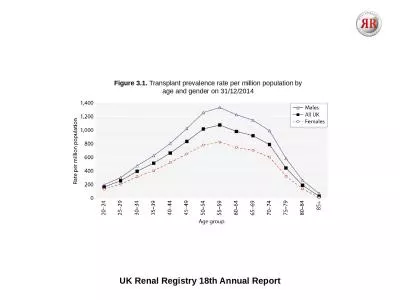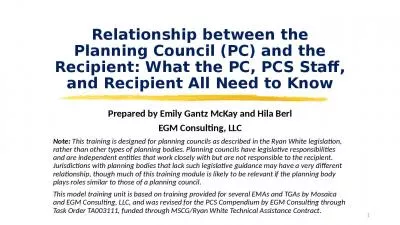PPT-Anemia in a renal transplant recipient
Author : brianna | Published Date : 2022-06-15
Dr Dhanya Mohan MD DNB MRCP UK Department of Nephrology Dubai Hospital History 34 year old Arab male Type 1 DM for 13 years Hypertension for 3 years Diabetic retinopathy
Presentation Embed Code
Download Presentation
Download Presentation The PPT/PDF document "Anemia in a renal transplant recipient" is the property of its rightful owner. Permission is granted to download and print the materials on this website for personal, non-commercial use only, and to display it on your personal computer provided you do not modify the materials and that you retain all copyright notices contained in the materials. By downloading content from our website, you accept the terms of this agreement.
Anemia in a renal transplant recipient: Transcript
Download Rules Of Document
"Anemia in a renal transplant recipient"The content belongs to its owner. You may download and print it for personal use, without modification, and keep all copyright notices. By downloading, you agree to these terms.
Related Documents


